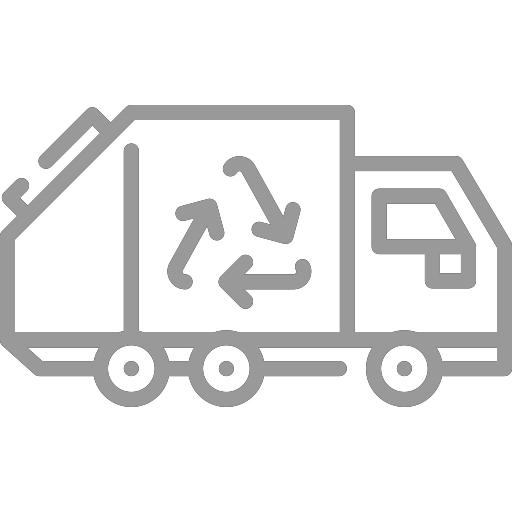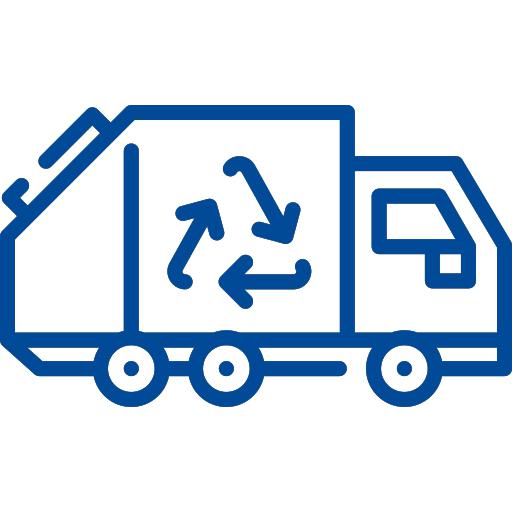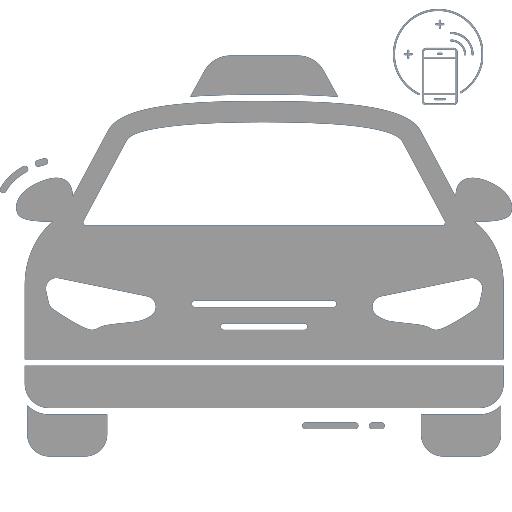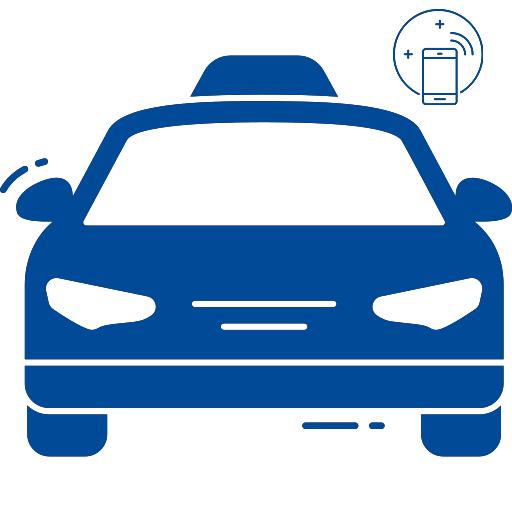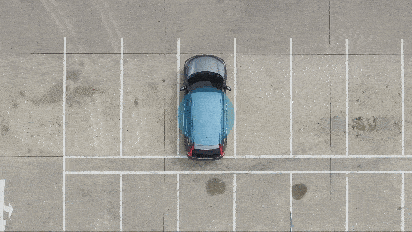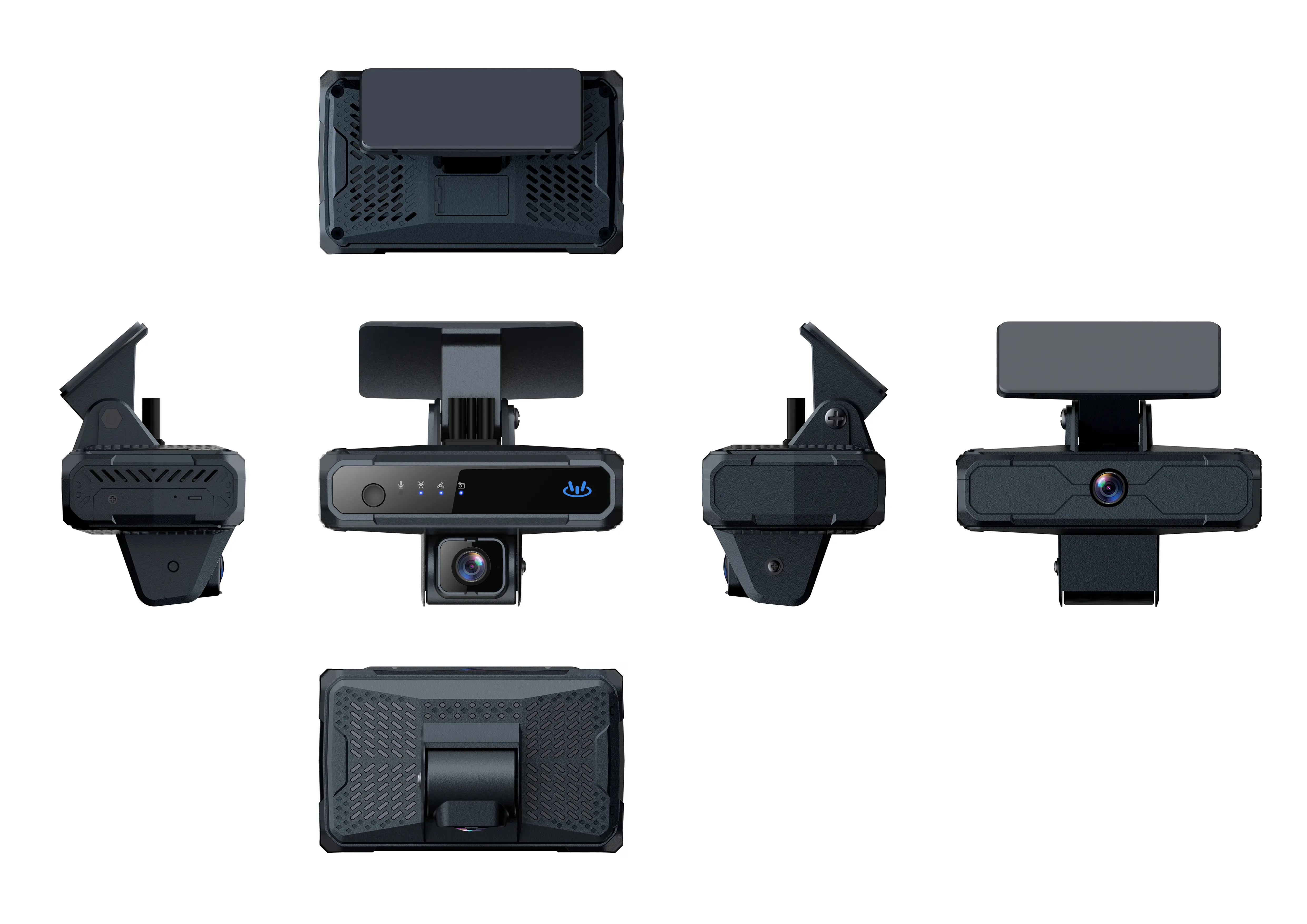What is a G-Sensor Dash Cam?
G-Sensor Dash Camera
The G-sensor (gravity sensor) is one of the key features of a dash cam. It automatically saves and locks the current recording when it detects sudden movements or impacts. This ensures that footage of critical moments such as collisions is not overwritten by loop recording, providing crucial evidence for accident investigation.
Our fleet dash cams not only include a G-sensor but also integrate AI, ADAS (Advanced Driver Assistance Systems), and driver behavior analysis to enhance driving safety and reduce overall fleet risk.
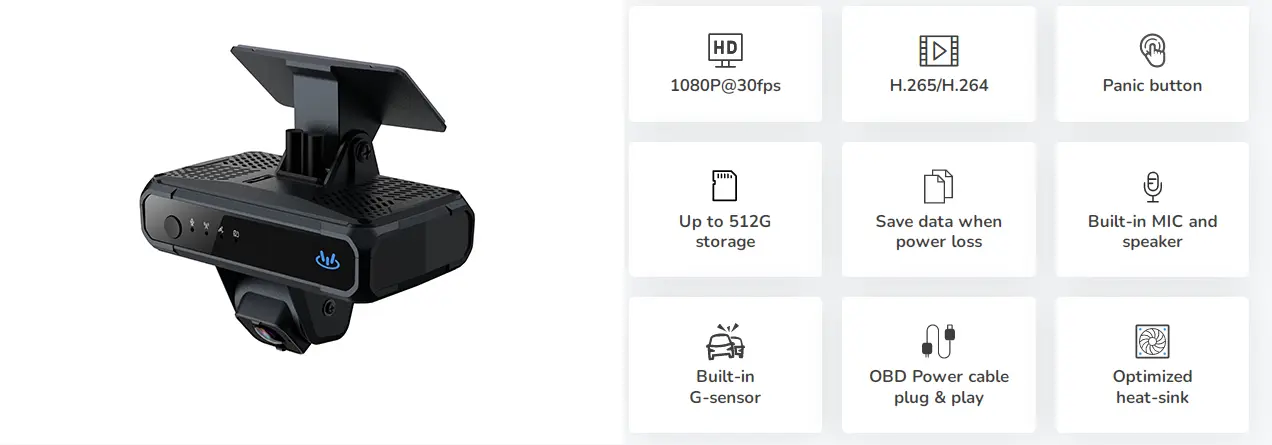
How Does the G-Sensor Work?
1. The G-sensor monitors changes in the vehicle’s acceleration to detect sudden collisions or abrupt movements.
2. Once an abnormal event is detected, it triggers the dash cam to automatically save and lock the footage from a few seconds before and after the event.
3. These locked videos are protected from being overwritten by the regular loop recording function.
4. Besides collisions, it can also detect sudden braking, rapid acceleration, and sharp turns.
Difference Between G-Sensor and Motion Sensor
1. Motion Sensor: Detects physical movement in the surroundings, often used to monitor activity around the vehicle when parked (e.g., someone approaching or walking nearby).
2. G-Sensor: Monitors acceleration changes of the vehicle itself, focusing on sudden events during driving such as impacts, vibrations, or abrupt changes.
Features of a G-Sensor Dash Cam
1. Impact-triggered Recording: Immediately locks and saves footage when a collision occurs.
2. Parking Monitoring Mode: Continues to record if motion or impact is detected even when the vehicle is turned off and parked.
3. Continuous Recording: Records video nonstop while driving to ensure full journey documentation.
4. Adjustable Sensitivity: Allows customization of sensor sensitivity to avoid unnecessary triggers based on personal preference.
Main Uses of the G-Sensor
1. Automatically saves collision footage as accident evidence.
2. Assists with insurance claims.
3. Provides video support for legal disputes.
4. Enhances driving safety by preventing loss of crucial recordings.
G-Sensor Sensitivity Setting Recommendations
Adjust settings based on your driving environment and vehicle conditions:
1. High Sensitivity: Suitable for city driving to capture minor collisions or vibrations.
2. Low Sensitivity: Suitable for highway driving to avoid false alarms from road bumps.
What is G-Sensor Parking Mode?
1. When the vehicle is turned off and parked, the G-sensor remains active.
2. Upon detecting an impact (such as another vehicle brushing against it or intentional damage), the dash cam immediately starts recording to capture critical evidence.
3. Ideal for monitoring vehicles parked outdoors or in public areas.
Should You Enable Motion Detection?
1. Enable motion detection if you want to record surrounding activity while your vehicle is parked.
2. Note: This feature continuously monitors the environment and consumes more power. It is recommended to use with an external power supply or a voltage reduction cable.
Which Sensor is Best for Detecting Motion?
1. Infrared (IR) Sensors perform excellently in low-light conditions, making them ideal for nighttime parking monitoring.
2. Some high-end dash cams combine infrared technology with motion detection to improve recognition accuracy.
Why Choose a Dash Cam with a G-Sensor?
1. Accident Protection: Automatically saves vital footage during critical moments.
2. Evidence Support: Provides strong proof for insurance claims or legal procedures.
3. Parking Surveillance: Protects your vehicle even when parked and powered off.
4. Peace of Mind: Ensures no important moment is missed.
For more information about fleet dash cams, please refer to: Fleet Dash Cam V8N

















